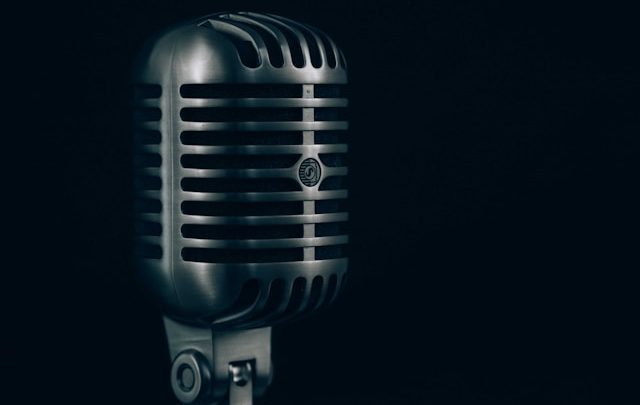Male vs Female Voice Overs: Which One Fits Your Vision
Helping buyers match voice type with content type
When creating a project that needs a voice over, one of the first decisions you will face is whether to choose a male or female voice. While both can be equally professional, warm, or dynamic, the choice often depends on your content, audience, and overall message.
There is no one size fits all answer. But understanding the strengths and associations of each voice type can help you make a decision that supports your creative vision and connects with your audience.
Understanding the Power of Voice
Voices are more than just sound. They carry tone, emotion, and subtle cues that shape how your message is received. Studies in marketing and psychology have shown that people react differently to male and female voices based on context, content, and cultural expectations.
This is why the same script can feel very different when read by two voices with similar skill but different pitch or tone. So how do you know which one is the right fit for your project
Let us break it down.
When a Male Voice Might Be a Better Fit
Male voices are often described as deep, steady, and authoritative. Because of this, they are commonly used in content that aims to sound confident, direct, or serious.
Use cases where a male voice can work especially well include:
- Corporate narrations and business training
- Automotive or technical product videos
- Sports content and documentaries
- Voice overs targeting a male audience
- Commercials that aim for a bold or grounded tone
A well-delivered male voice can project reliability and strength, making it ideal for industries or topics that benefit from a sense of authority or experience.
When a Female Voice Might Be a Better Fit
Female voices are often associated with warmth, clarity, and approachability. They tend to perform very well in content that needs to feel personal, helpful, or emotionally engaging.
Examples where a female voice might be a great choice:
- Health and wellness videos
- Customer service prompts and IVR systems
- Educational or eLearning content
- Ads for household, beauty, or family-oriented products
- Content aimed at younger or mixed audiences
A female voice can add softness, empathy, or enthusiasm — traits that are especially effective in storytelling, brand-building, and consumer-focused media.
Matching Voice to Message
The best voice over matches the tone and intention of your message — not just gender. Here are a few quick questions to help you decide:
- Who is your target audience
- What emotional tone do you want to create
- Do you want the voice to feel instructional, friendly, powerful, or playful
- Is the message formal or casual
- What are similar brands or creators using successfully
In some cases, you may even want to test both voice types with your audience and see which one resonates more.
When Gender Does Not Matter as Much
In many modern projects, the gender of the voice is less important than the quality of the performance. A talented voice actor — male or female — can deliver a wide emotional range, adapt to your tone, and bring your script to life.
If your script is neutral in tone or highly visual, the performance style, pacing, and delivery may have a much greater impact than the pitch or gender of the voice.
Final Thoughts
Choosing between a male and female voice over is not about picking one that is better — it is about finding the one that fits. Your message, your brand, and your audience should guide the decision.
Listen to a range of samples. Imagine each voice reading your script. Trust your instincts and consider what your listeners will connect with most.
In the end, the right voice will not just speak your words. It will carry your message with clarity, emotion, and purpose.













